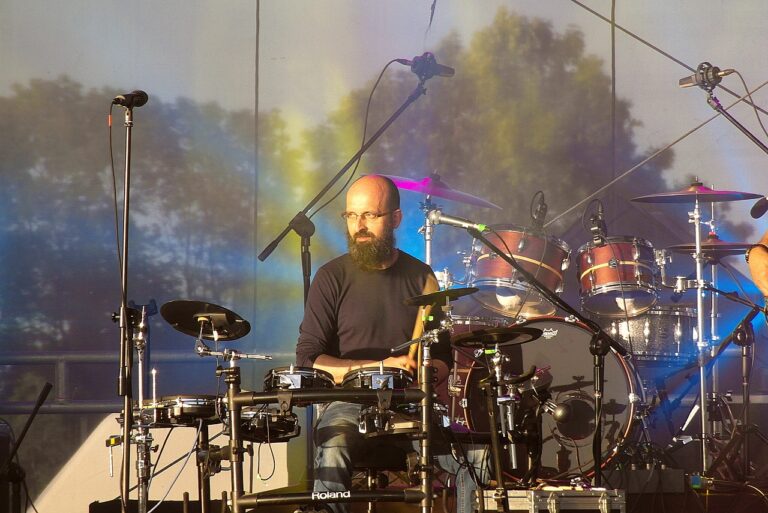Investigating the Influence of Art and Literature on Video Game Design: Aesthetic Inspirations and Narrative Techniques
Visual arts play a crucial role in shaping the overall design of video games. Through intricate graphics, animation, and character design, visual artists bring the game world to life and engage players in immersive experiences. The use of color, texture, and visual effects adds depth and realism to the game environment, enhancing the storytelling and gameplay elements.
In addition to creating visually captivating landscapes and characters, artists also contribute to the user interface design, menus, and various visual elements that enhance the overall user experience. Attention to detail in the visuals can evoke specific emotions, set the tone for gameplay, and guide players through the narrative. The collaboration between visual artists and game developers is essential in creating visually stunning and engaging games that captivate audiences and leave a lasting impression.
• Visual artists bring the game world to life through intricate graphics and animation
• Use of color, texture, and visual effects adds depth and realism to the game environment
• Artists contribute to user interface design, menus, and various visual elements that enhance user experience
• Attention to detail in visuals can evoke specific emotions and guide players through the narrative
• Collaboration between visual artists and game developers is essential for creating visually stunning games
The Impact of Classic Literature on Game Narratives
Classic literature has long served as a wellspring of inspiration for video game developers seeking to craft compelling narratives. By drawing upon the rich themes, characters, and storylines from timeless works of fiction, game designers are able to create immersive worlds that resonate with players on a deeper level. Through clever adaptation and reinterpretation, classic literary elements are seamlessly woven into the fabric of game narratives, enhancing the overall storytelling experience.
One of the key advantages of incorporating classic literature into game narratives is the wealth of complex characters and moral dilemmas that these works present. By leveraging well-known literary archetypes and plot structures, game designers are able to infuse their narratives with depth and nuance, providing players with thought-provoking challenges and emotional resonance. This blending of classic storytelling techniques with interactive gameplay not only enriches the player experience but also elevates the artistic and cultural significance of video games as a storytelling medium.
How Art Movements Shape Aesthetic Choices in Gaming
Art movements have long been influential in shaping the aesthetic choices found in various forms of media, including video games. The vibrant colors and abstract shapes of the Cubist movement, for example, can be seen reflected in the bold, angular designs of some game environments and characters. Similarly, the surreal and dreamlike qualities of the Surrealist movement have inspired games that incorporate fantastical elements and unusual visual perspectives. By drawing from these artistic movements, game designers can create visually unique and engaging experiences for players.
Furthermore, the minimalist approach of the Bauhaus movement has influenced the sleek and geometric design seen in many modern video games. The emphasis on clean lines and simplicity in Bauhaus art has translated into games that feature streamlined interfaces and environments that prioritize functionality and clarity. Additionally, the use of light and shadow in the Baroque art movement has been adapted into lighting techniques in games to create atmosphere and evoke mood, enhancing the player’s immersion in the virtual world. Overall, the interplay between art movements and game design showcases the rich tapestry of influences that contribute to the visual aesthetics of gaming experiences.
How do art movements influence the aesthetic choices in gaming?
Art movements such as impressionism, surrealism, and minimalism often inspire game designers to incorporate certain visual styles, color schemes, and artistic techniques into their games.
Why is it important for game designers to be aware of different art movements?
By understanding different art movements, game designers can create more visually appealing and thematically rich games that resonate with players on a deeper level.
How does classic literature impact game narratives?
Classic literature often serves as a source of inspiration for game narratives, helping to create complex characters, intricate plots, and thought-provoking themes in video games.
Can you give an example of how art movements have influenced the aesthetic choices in a popular video game?
One example is the game “Cuphead,” which draws inspiration from the art style of 1930s animation and classic surrealist art, creating a unique and visually stunning gaming experience.





